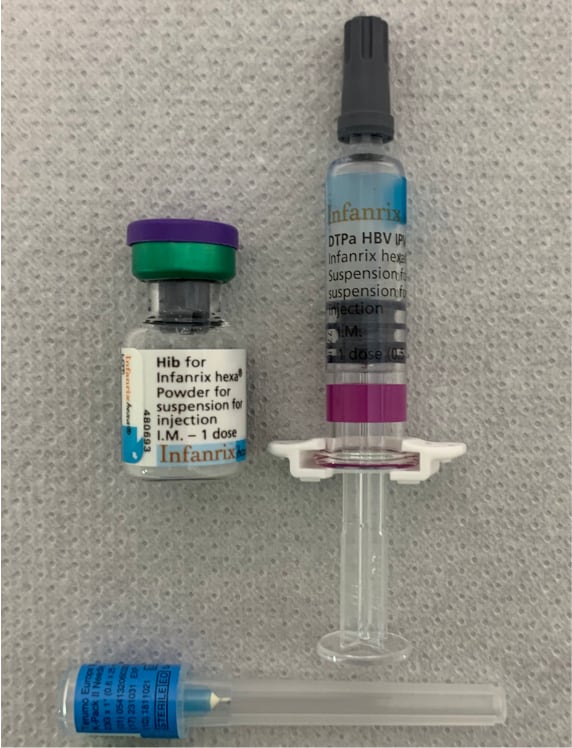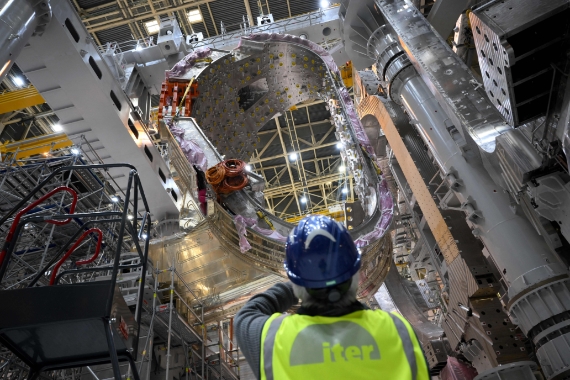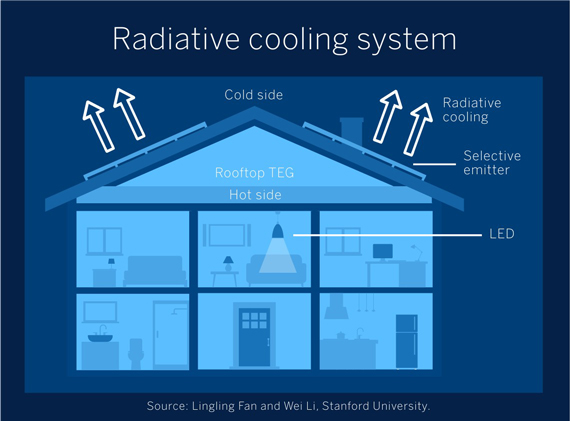In January 2023, members of the Bulletin of the Atomic Scientists moved the Doomsday Clock to 90 seconds to midnight, the closest this symbolic alarm about the risk of global catastrophe has ever been to the end in its history. The scientists responsible warned us that we are living in “a time of unprecedented danger,” mainly due to the war in Ukraine and the nuclear risk it poses, but also because of growing threats such as the climate emergency, new pandemics, energy crises and disruptive technologies. We live in times of great existential risk, and there is little human ingenuity to protect us should any power launch a nuclear war or a cyber-attack on a global scale. But at least science and technology can offer crucial innovations to combat some of this century’s greatest threats. Here we look at some of the new technologies being developed.
Universal vaccines against pandemics
The great power of a vaccine is that it acts specifically against a particular pathogen, ideally without any other effect. But in theory, there is nothing to stop vaccines protecting against several infections at once. In fact, there are already vaccines that protect against up to six different pathogens, called hexavalents, although in this case it is a combination of individual vaccines. But the big financial push to develop vaccines against the COVID-19 pandemic has led to advances that will facilitate the rapid development of broad-spectrum vaccines in the future.

Viruses can easily mutate to evade the action of vaccines. But by targeting less mutated viral proteins and using other strategies, researchers are trying to obtain universal vaccines against all possible variants of COVID-19 or even against different coronaviruses. Similar efforts are being made for influenza, for which new vaccines are needed every year.
In particular, RNA vaccines such as those from Pfizer-BioNTech and Moderna-NIH, which have been the big winners against the pandemic, have the advantage of providing a platform that can be rapidly adapted against new pathogens or variants of pathogens; this is called plug-and-play technology. Some research groups are developing other platforms, using nanoparticles or modified viruses. In addition, advanced immunoinformatic algorithms are allowing more accurate prediction of the most promising vaccine formulations. All of these technologies are bringing us closer to universal or rapid-development vaccines that would prepare us not only for future pandemics, but also for possible biological weapons attacks.
Fighting the climate emergency, nuclear fusion and hydrogen
The climate change crisis is being fought on a number of fronts, but the main one, which encompasses almost all the others, is the need to move away from fossil fuels. Today, this is still a distant goal, in industry as well as in household and transport sectors, because even the substitution of these sources for electricity in many cases ends up relying on polluting electricity generation with a heavy climate impact.

The climate emergency has led many to reconsider nuclear energy as a possible alternative, although its risks are still very real. Recent advances in nuclear fusion, in particular the net energy gain obtained for the first time in December 2022, have rekindled interest in this new source, which will face its biggest test in the 2030s, when ITER, the world’s largest reactor and the result of a major international collaboration, is due to come on stream in the south of France. However, experts estimate that we won’t have fusion power until the second half of the century.
Technologies such as nuclear fusion are essential to ensure that electrification is combined with clean generation, but other alternatives are finding their own way. Green hydrogen, one of the sources of today’s ambitions—though not without potential negative impacts—is already being used in land transport. In the future, it could be a solution for vehicles where electrification seems unlikely, such as cargo ships or large commercial aircraft. Some experts see hydrogen-powered aircraft as the future of aviation, which could become a reality from 2035 thanks to various projects under development; for example, Fly Zero, from the UK government and the Aerospace Technology Institute, envisages aircraft capable of carrying 279 passengers on intercontinental flights without refueling.
Countering the energy crisis, clean self-generation
Although technologies such as nuclear fusion are expected to be the ultimate energy revolution, this option will continue to rely on centralized production dependent on distribution networks. But many experts are pointing to the self-generation of clean energy as the real game changer. Indeed, in many parts of the world—particularly in developing countries—where the grid is either non-existent or unreliable, solar power has already enabled people to progress from lighting paraffin lamps to having electricity and charging devices that provide a wide range of services to citizens and communities.

Solar energy has improved in efficiency and environmental impact since its inception, but researchers are exploring new technologies to expand and facilitate the deployment of solar energy. For example, new transparent photovoltaic cells under development will allow any window to be converted into a low-cost, high-efficiency solar panel that can be installed on greenhouses or crop fields. Another ongoing innovation is photovoltaic paint, which can potentially transform any surface into a solar panel, and is currently being developed along at least three different lines: quantum dot solar cells, which use semiconducting photovoltaic nanoparticles; hydrogen-producing solar paint that splits water into its constituent parts; and solar cells made from perovskite, a mineral that can be applied in liquid form. Finally, artificial photosynthesis, which harnesses sunlight by mimicking plants, would not only provide another energy alternative but could also help remove excess CO2 from the atmosphere.

Radiative cooling consists of storing the sun’s heat during the day and using it to generate electricity at night
But solar energy has another practical limitation: the night. Researchers are also working hard to develop new solutions that would allow this energy source to be used 24 hours a day, all year round. Several lines of research are exploring new battery technologies that are more powerful, more durable and more sustainable, while other approaches don’t involve batteries at all: this is the case of radiative cooling, which consists of storing the sun’s heat during the day and using it to generate electricity at night.
Javier Yanes
Comments on this publication